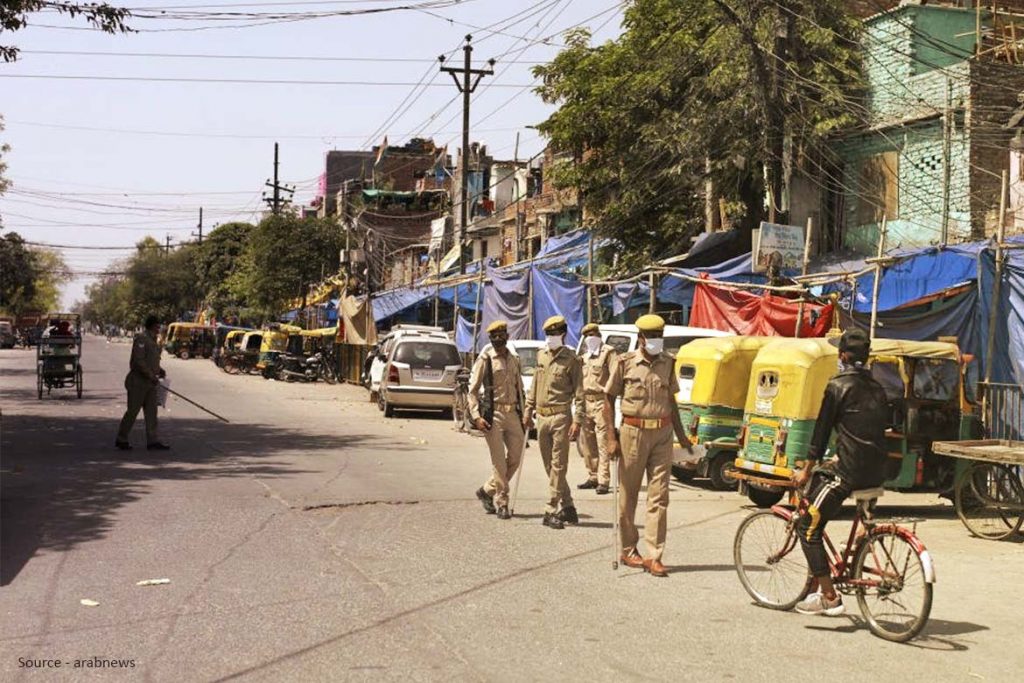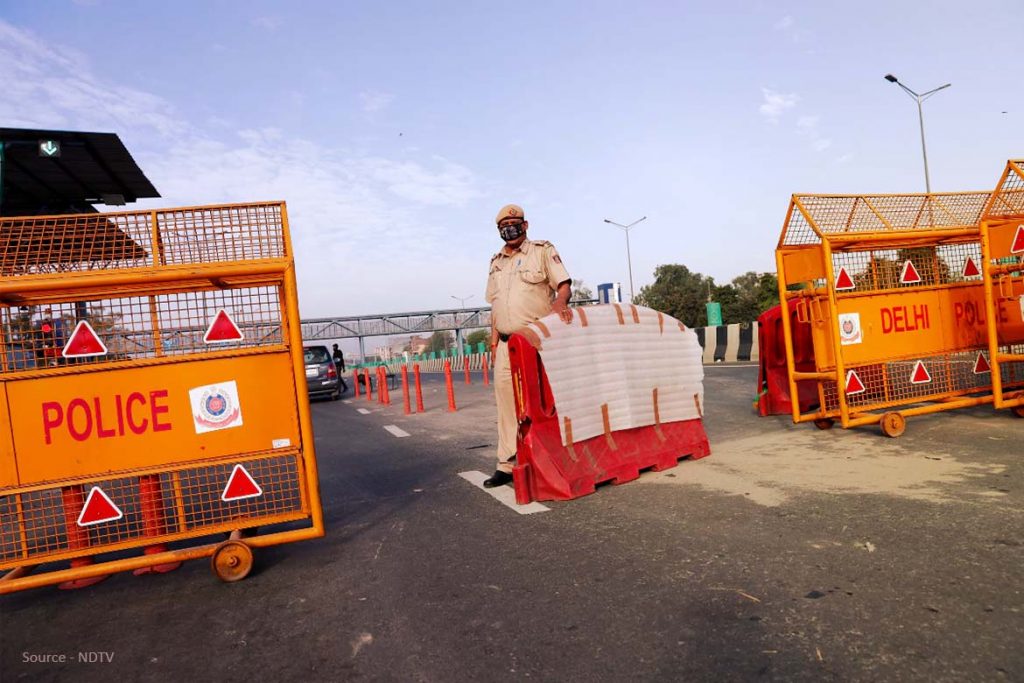We are nearly three weeks into a lockdown that has been driven by epidemiological projections of the human toll of COVID-19, and scenes of overrun hospital systems in Europe and also the US. The lockdown has likely saved thousands of lives from COVID-19 but has extracted an infinite economic and human toll. Is there an end in sight? Will the disease return if we lift lockdowns? If so, are we simply condemned to jump from one lockdown to another? How can we balance lives lost through COVID with others that may be lost from poverty, starvation and other
What we have to do, all should depend on our end goal. A primary goal may be to eliminate the virus from India through an extended lockdown. However, may the country had tried at its best in detecting the containment zone and tracing the trail of social contacts,. Also, there is a need of keeping the international borders closed indefinitely. Another goal may be to contain the number of infections until the mid of 2021 which is that the earliest that a vaccine or effective, validated treatment is anticipated to be available. Currently, the evidence on chloroquine is solely too weak to be relied upon, and other treatment options are still in the early stages of evaluation. Keeping infections down for a year would require multiple lockdowns of the type we’ve got just been through and will wreak havoc on livelihoods.

A more feasible option is to attain herd immunity – an idea which predicts that every person of India would be protected as long as a minimum of 65% of the population has experienced the infection, whether or not without symptoms or in its earliest form. The 65% figure relies on a well-validated mathematical formula where herd immunity is 1-1/R0, where R0 (R naught) or the reproductive number of the disease is 2.8. Once that figure is reached, then even those who haven’t experienced the infection would be protected.
How yo can get to a herd immunity level of 65% without endangering the elderly population that’s most at risk? If we were simply to lift the lockdown in an uncontrolled manner, we might return to the threat of huge epidemic peaks that might overwhelm the health system. India’s biggest asset during this situation is its demography. Sixty-five per cent of our population is under the age of 35 and only 6% is above the age of 65. compared, 22% of Italy and 10% of China is within the older, higher risk age bracket. the majority of infections in younger individuals are mild and asymptomatic. Exposure to the current group at a pace that’s controlled would afford smaller epidemic peaks.
Also Read:Things To Ease Your Life During Quarantine
In order to attain this, first, we want to vastly expand our testing using both RT-PCR and antibody testing. This may allow us to stay containment and lockdown options for communities and hot spots where infections are spreading too quickly and to proactively identify critical care needs. Second, we must always maintain the physical distancing of a minimum of six feet and universal cloth/simple masking publicly spaces. Implementation might not be perfect but even an imperfect brake on the spread can help. Third, we must always ban gatherings of quite 25 people. It means no movies, malls, or large gatherings at weddings, public functions, religious gatherings, and rallies. Companies should be encouraged to keep up teleworking to the extent possible.

Alongside this, we should widely test the population for antibodies. Put simply, an antibody test reveal whether or not we’ are exposed to the virus. If we get the positive result, we likely have immunity and can’t spread the disease. we must always test widely for antibodies and people that have COVID-19 antibodies are allowed to be near the old age persons, to induce on planes and travel without restrictions. Each person’s antibody status (green or red) is tied to their Aadhar and would determine the degree of freedom the person would have while going anywhere.
All of our way to cut down the spread of disease without a lockdown is also not sufficient to safeguard the elderly and at-risk population, and that we should be vigilant about preventing deaths. We must always encourage those over 65 years or in danger because of disease (diabetes, heart disease) to self-quarantine to the extent possible and strictly enforce mask barriers and social distancing. The supply of PCR-based testing that enables us to spot the virus in an exceedingly patient is restricted. If we are able to prioritize RT-PCR for the above-65 and at-risk population, and target early identification of cases that might reach severity, it might avert plenty of the potential severe cases or mortality. Finally, we should continue to proactively prepare the system for peak hospitalizations with sufficient health care personnel and bed capacity positioned in places with the best number of projected cases. The government’s idea of building critical care units in railway coaches is a wonderful one since it allows resources to reach to the place of greatest need. Other, the best solutions are needed to arrange as many thousands of additional beds and associated medical personnel and equipment that are needed across the country.
Even with these plans, we may face higher rates of severe disease than in other countries with young populations because we are all exposed to worse air quality and have higher rates of uncontrolled hypertension and diabetes. Early identification of these with these risk factors and providing everyone with a COVID-19 risk score supported their risk factors could help us prioritize those who need testing.
We can’t continue to live our lives in the fear of COVID-19. Our choices are very limited. India is the only country which has taken the step in very early phase to handle the situation, whether it in terms of borders shut down or nationwide lockdown. We all should collaborate in reducing the transmission. We cannot return to a normal life until the physical locdown ends and the virus is completely gone.
